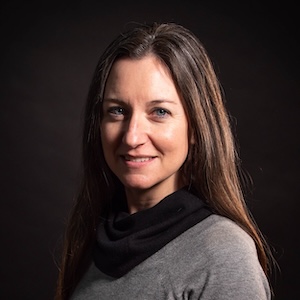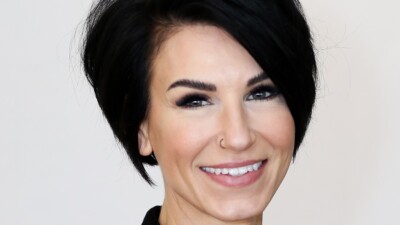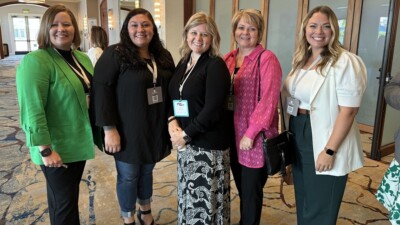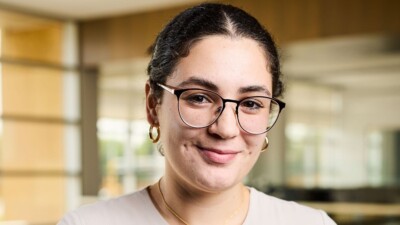Veteran 3M innovator Hang Loi reflects on her engineering journey and her mission to elevate women in STEM and Asian-American talent.
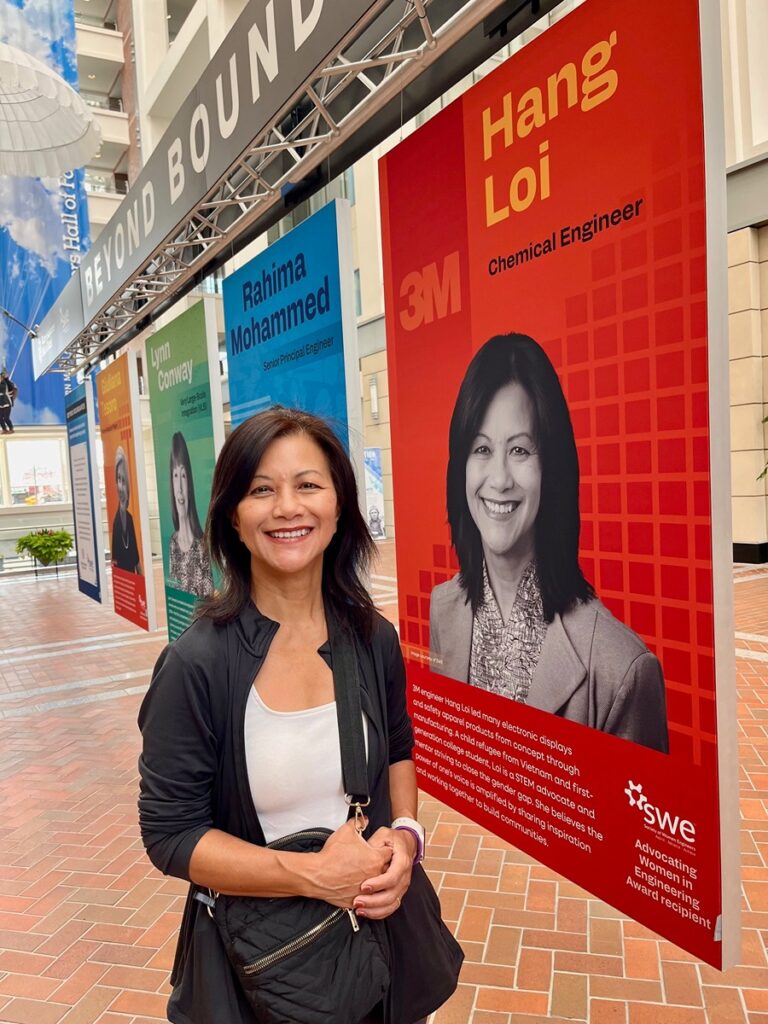
Hang Loi’s engineering journey began as a child in Vietnam. As a good student who enjoyed learning at an early age, she excelled at math and grew aware of the scholarly aspects of engineering in her teens but didn’t personally know any engineers. Her mother was a tailor, and her father was a photographer-turned-auditor who worked for the United States Agency of International Development (USAID) for 20 years until the fall of Saigon in April 1975.
“I was a very curious child and always wanted to figure out how things work,” said Loi. “I wasn’t a tinkerer. I didn’t take apart radios or anything like that, but I was always asking ‘why’ and digging deeper. I was drawn to challenges and really proud of myself when I solved a problem.”
In 1975, nine-year-old Loi and her family abruptly fled their home country to escape warfare and persecution. Fate brought them to Toledo, Ohio, where her father, who spoke five languages, started a new career as an auditor with a large company in the area. Loi continued studying with the mindset and hope that someday she might be a doctor or an engineer.
“My family believed an education leading to marketable skills was important, and a science-based career fit the bill. They instilled that in me, even though they weren’t engineers themselves. They really valued education and encouraged me,” she said. “I didn’t have to fight any genderism. I wasn’t questioned with, ‘Why do you want to do that? Are you sure you want to go down that path?’ as other girls may have faced.”
Loi attended Case Western Reserve University and double-majored in chemical engineering and music. At the time, there was about one woman for every seven engineering students, but being a double minority wasn’t on her radar.
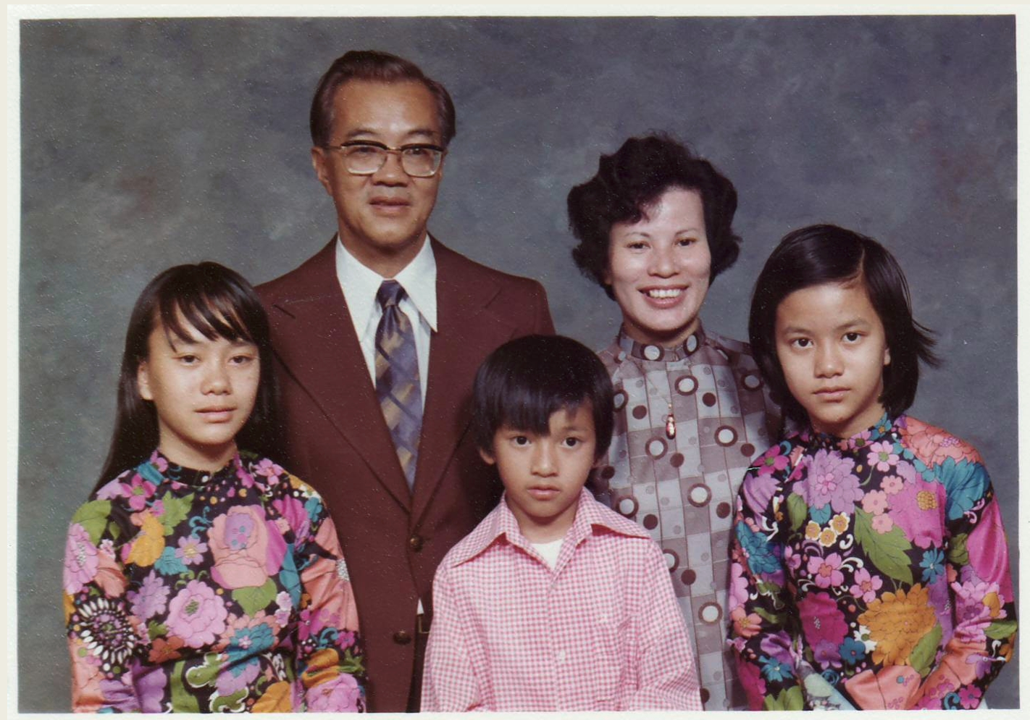
“The fact that I was a woman didn’t register when I was in college … or for a long time — probably the first half of my career,” she said. “For about 15 years, I did not realize that I was a minority amongst minorities, that I was a woman, an immigrant, an English language learner, an Asian American. Those were just things about me, but I didn’t know they mattered and in which ways.”
Loi didn’t have a dedicated women’s group and didn’t discover the Society of Women Engineers (SWE) until later in her career. She recalled visiting a minority engineering group on campus during the first week of college orientation and, through the conversation, learned that minority engineering didn’t apply to her because she was Asian.
“I was a minority but not a minority, and I didn’t quite understand that. So, they were not a resource, and I didn’t search further from then on,” said Loi. “I didn’t become aware of resource communities until later in my career. It’s a detriment to those who don’t discover them, and it’s a barrier to young people, maybe like me, who didn’t realize that we didn’t have to go it alone.”
A campus recruiter invited Loi to interview for three positions at 3M in Minnesota. She chose a rotational program and worked at different manufacturing sites every six months for two years. With no prior knowledge about manufacturing, she enjoyed the challenge and opportunity to travel around the country.
“I didn’t realize that 3M had manufacturing sites in very small communities. My first assignment was in a rural town of 5,000. I grew up in Vietnam in a city of four million. I’d never really seen a small world or been in a rural town,” said Loi. “You learn a lot along the way from opening yourself to experiences that are outside of your comfort zone. You learn things you hadn’t expected about different parts of America. You learn about your capacity to grow, persevere, and be resilient.”
At 3M, Loi worked in product engineering and led commercialization programs from concept through production-scale manufacturing. Her early experiences taught her that she enjoyed delivering solutions to customers, and she opted for R&D opportunities that enabled a faster pace and more direct interactions with end users, supplier partners, and large internal manufacturing teams. She initially chose a division involved in retroreflective materials used in security IDs, U.S. passports, and clothing.
“The way I explain my job to kids or young adults is that I take a couple of square inches of a product idea and make them into miles. All the science involved with taking that embryonic concept into something that you can make all day long, and with the same consistent acceptable quality, is a huge engineering challenge,” said Loi. “When people say ‘scalable manufacturing,’ it’s taking early-stage technologies and developing them into continuous high-speed processes that manufacture products at high volume. But the challenge doesn’t end there.”
Testing, delivery, warehousing, pricing, intellectual property protection, and sales — Loi and her teams had to address numerous challenges throughout the commercialization effort, requiring technical expertise and critical thinking.
“The first technology platform I worked with after my rotation was retroreflective films. You see the yellow reflective trims today on safety apparel used in industrial and occupational settings. You see the silver on firefighters’ jackets and athletic wear; I worked on those. The fluorescent lime yellow trims on construction workers’ vests were new to the world of safety products that I brought to life 20-some years ago, and it’s still in use today around the world,” she said.
During the latter half of her career, Loi worked on optically engineered films for electronic devices that use liquid crystal displays (LCDs). “These phenomenal films recycle light within the displays so that the batteries in your mobile devices can decrease in size and last longer. The alternating refractive indices of the hundreds of layers of stacked nano-thick films result in more brightly illuminated screens while conserving battery power and reducing energy usage. That invention was among the critical breakthroughs at 3M that enabled the explosive growth around LCDs and continues today in many applications that require displays, like automobiles and airplanes. Bringing all that to life is very neat, and I am proud I led many of those programs.”

At 3M, Loi also led the employee resource group (ERG) to help attract, develop, and retain Asian-American talent. However, her goal wasn’t limited to building cultural awareness and raising sensitivities around important celebrations such as Lunar New Year and Diwali. She aimed to help build a supportive community of cohorts that connect and elevate each other and other underrepresented voices. She also encouraged her company and Asian-heritage employees to align their priorities so everyone succeeded. She emphasized how relatively easy it is for employees to move up the ladder early in their careers, but many underrepresented groups, such as women and minorities, face “broken rungs” that stall further opportunities.
“You can do anything in your first three to five years. However, upon reflection, research, and many conversations, I learned that getting opportunities to continue to grow and broaden expertise can be challenging for women and minorities. That is when race, gender, parenthood, and other biases come into play. That is when getting help and support from allies from the dominant group matters,” she said.
Additionally, she strongly voices her concern about losing women in the workforce, especially when they have children. She challenges companies to have women’s backs, continually support them with growth opportunities, and help them re-enter the workforce prepared should they choose to step away. “You must make sure that women talent at all stages of careers stays in and is engaged. Our advancement and continued presence pay back dividends by encouraging other women to do the same.”
During her career, Loi advanced from product engineer to commercialization leader to global supplier relationships manager. She earned numerous patents for 3M, completed a global diplomacy fellowship for the United Nations Institute for Training and Research (UNITAR), and now serves on the board of directors of the Case Alumni Foundation at her alma mater.
“I always felt that if you’re good at something, it’s your responsibility to use your capability,” she said. “If I weren’t pursuing these challenging paths that other people might shy away from, then who’s going to do it? Who am I waiting for?”
As Loi enters her next chapter, she remains a strong advocate for equitable opportunities for a diverse workforce. “Problem-solving is all about identifying the correct problems in the first place. The wider the viewpoints in the room, the more the team can see. It’s not a competition. I feel privileged to have gained unique perspectives from my experiences as a woman, a bilingual immigrant, an engineer, an Asian American, a daughter of courageous parents, and a parent myself of two daughters. We’re all part of humanity, and we’ve got to find a way to have our organizations look like our society so that the solutions are encompassing and inclusive.”
